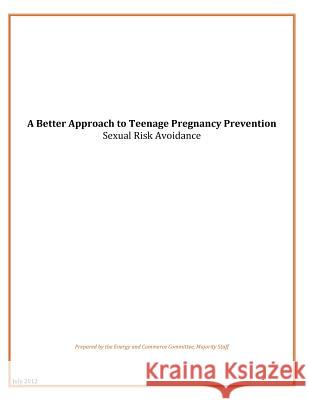A Better Approach to Teenage Pregnancy Prevention: Sexual Risk Avoidance » książka
A Better Approach to Teenage Pregnancy Prevention: Sexual Risk Avoidance
ISBN-13: 9781500558604 / Angielski / Miękka / 2014 / 24 str.
Federal funding for sex education programs began in the 1960s and 1970s. Legislative initiatives, including Titles V, XIX, and XX of the Social Security Act and Title X of the Public Health Service Act, were created in part to address poverty caused by unplanned pregnancy and fears of overpopulation. Federal funding made it possible for the poor to access primary healthcare and family planning services. Primary prevention programs were designed to teach about the biological aspects of sexuality and contraception. Taking a value-neutral and nondirective approach to the morality of premarital sex, these programs became a permanent fixture in the fight against teenage pregnancy. Today, these programs have evolved into a hybrid called comprehensive sex education (CSE) that includes building self-esteem, decision making skills, and other social factors. Like the early programs, CSE continues to teach that contraception is the best protection against an unplanned pregnancy. By 1980, as the number of sexually active teens grew, rates of teen pregnancy and sexually transmitted infections (STIs) began to rise. Many Americans believed that "valueneutral" sex education was responsible for the increase, and that teens needed guidance, and not just a "how-to" class to make healthy choices about their sexuality. In response, Congress enacted the Adolescent Family Life Act (AFLA) to find ways of reaching adolescents before they become sexually active and to promote self-discipline and other prudent approaches to the problem of adolescent premarital sexual activity. AFLA further indicated that since the problems of adolescent premarital sexual activity, pregnancy, and parenthood are multiple and complex, such problems are best approached through a variety of integrated and essential services provided to adolescents and their families - instead of a strictly medical approach.












